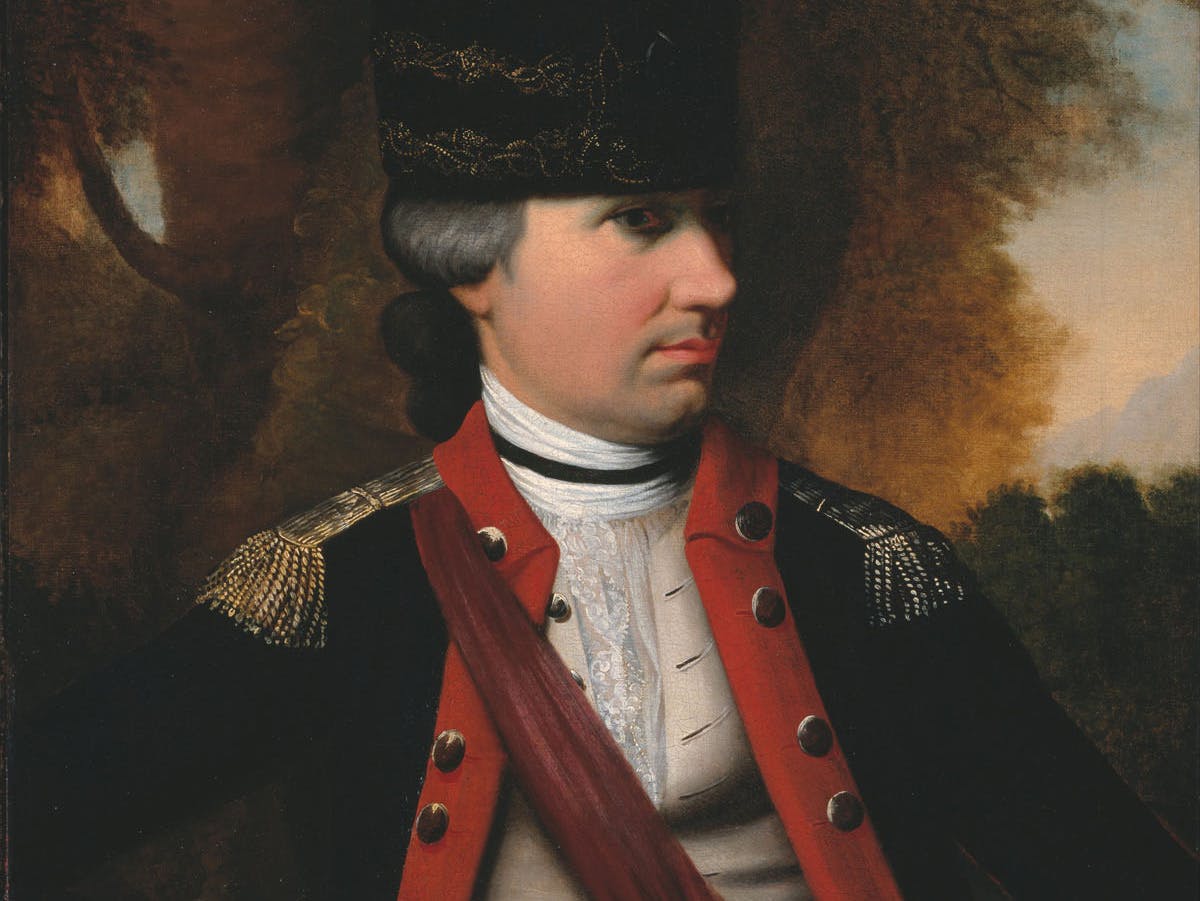Pinckney’s Treaty, 1796
Use this primary source text to explore key historical events.
Suggested Sequencing
- This activity should be completed after students have developed an understanding of the Washington administration and rise of political parties in the 1790s, for example, after the James Madison and the Bill of Rights Narrative, The Jay Treaty Narrative, the George Washington and the Proclamation of Neutrality Decision Point, the “Strict” or “Loose”: Was the National Bank Constitutional? Point-Counterpoint, The Whiskey Rebellion: Unjust Taxation or Enforcing the Rule of Law? Point-Counterpoint, or the Actions of the First Congress Lesson.
Introduction
In 1763, Spain acquired the Louisiana Territory, including the Mississippi River and the port of New Orleans. Spain also controlled East and West Florida. After the Revolutionary War, the Spanish closed American access to trade on the Mississippi River. The free navigation of the Mississippi River was a continuing source of contention between the new nation and Spain. President George Washington sent Thomas Pinckney as an envoy to Spain to resolve the dispute. Pinckney successfully negotiated a treaty for the free navigation of the Mississippi in late 1795 that the Senate ratified in 1796.
Sourcing Questions
- Which countries signed Pinckney’s Treaty?
- What was the main dispute settled by Pinckney’s Treaty?
| Vocabulary | Text |
|---|---|
| designate (v): to indicate, assign | ART. II. To prevent all disputes on the subject of the boundaries which separate the territories of the two High contracting Parties, it is hereby declared and agreed as follows: to wit: The Southern boundary of the United States which divides their territory from the Spanish Colonies of East and West Florida, shall be designated by a line beginning on the River Mississippi at the Northernmost part of the thirty first degree of latitude North of the Equator. . . . |
| ART. IV. It is likewise agreed that the Western boundary of the United States which separates them from the Spanish Colony of Louisiana, is in the middle of the channel or bed of the River Mississippi from the Northern boundary of the said States to the completion of the thirty first degree of latitude North of the Equator; and his Catholic Majesty has likewise agreed that the navigation of the said River in its whole breadth from its source to the Ocean shall be free only to his Subjects, and the Citizens of the United States. . . . | |
| adjacent (adj): next to oblige (v): to bind to a course of action notsuder (v): to encourage, allow, tolerate commence (v): to begin |
ART. V. The two High contracting Parties shall by all the means in their power maintain peace and harmony among the several Indian Nations who inhabit the country adjacent to the lines and Rivers which by the proceeding Articles form the boundaries of the two Floridas; and the teeter to obtain this effect both Parties oblige themselves expressly to restrain by force all hostilities on the part of the Indian Nations living within their boundaries: so that Spain will notsuder her Indians to attack the Citizens of the United States, nor the Indians inhabiting their territory; nor will the United States permit these last mentioned Indians to commence hostilities against the Subjects of his Catholic Majesty, or his Indians in any manner whatever. |
Comprehension Questions
- What was the agreement related to the boundary of Spanish Florida?
- What rights did the United States gain related to the Mississippi River?
- What role did American Indians play in this agreement?
Historical Reasoning Questions
- Why was there tension between Spain and the United States after the Revolutionary War?
- Why was the South particularly interested in the free navigation of the Mississippi River?
- What threat did the presence of the Spanish in the American West present in the minds of many American nationalists?
- How did the Jay Treaty and Pinckney Treaty shape the course of American foreign policy in the mid-1790s during the Washington administration?
- How would the Spanish Louisiana Territory affect the course of American history in the early 1800s?
Full Text: http://avalon.law.yale.edu/18th_century/sp1795.asp

